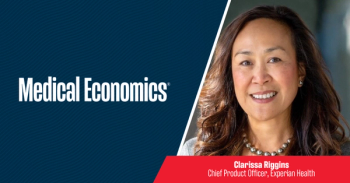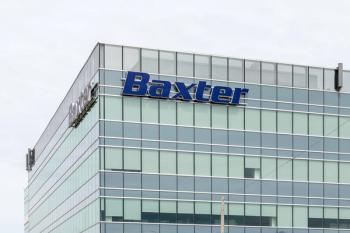
Is physician ownership of medical practices still viable in an age of corporate consolidation?
Private equity investment or hospital ownership can offer management advantages. Yet doctors are opting for something else: autonomy.
Physician practice ownership has been slowly and steadily declining for nearly two decades, with only 48% of doctors reporting independent ownership in
Doctors are often drawn to a
However, every day, doctors reject purchase proposals, choosing to
Benefits of private ownership
Private equity’s primary goal is typically return on investment, which may not align to the doctor’s core value of enhanced patient care. Hospital employment often presents grueling hours and scheduling requirements. Management service organizations strive to govern all operational and financial functions such as staffing levels, patient encounter quotas and quality measures, leaving the doctor with little to no control over daily operations.
Private ownership offers many key benefits, including the ability to create a customized business model, compounding wealth accumulation and retirement security. Removing bureaucracy enables the doctor to transform core values and medical philosophy into an outstanding employment culture that can attract and retain top clinical and administrative talent, culminating with outstanding patient experiences. With a high-performing team and strong systems, overhead can be managed, with greater efficiencies and consistently increasing revenue. In addition, autonomy permits choosing staff, determining office hours and scheduling, and insurance participation and clinical protocols combined with frequently increasing annual compensation. Ownership offers the opportunity for income tax and retirement advantages and, in many cases, appreciating practice and commercial real estate assets. Last, doctors constantly enjoy supplementary intrinsic rewards, such as taking great pride in the material positive impact in their local community and becoming a highly respected health care business owner.
Financing a medical practice
Access to funding for commercial real estate, acquisition financing or expansions is available and accessible from many bank C HCHC specialty health care lenders. However, to receive the most favorable loan structure, with competitive pricing, the practice should present favorable financial metrics and key practice indicators and be well-managed.
When reviewing a financing offer, all terms should be considered, not just the interest rate. Rate impacts the monthly payment, but so does the term (which can dictate how long the rate is fixed) and/or amortization (used to calculate the payment schedule). Are there prepayment, commitment or closing fee(s), any subsequent renewal conditions? Is an unlimited personal guarantee (PG) required, or is there opportunity for a pro rata share (assuming two or more owners), or, depending on the size and scale of the practice, no PGs? Will closing documents be prepared by outside council, which can be expensive, or by the lender? The agreement, depending on the loan amount, may have covenants, specific rules that will require monitoring, such as restricting distributions, no additional outside financing without bank approval, or measuring predetermined financial ratio(s) to determine repayment capacity or maximum level of business debt. If any of these are violated, the interest rate can be significantly increased, even when payments are being made as agreed.
Last, it is recommended that physicians engage a specialty team consisting of a certified public accountant, attorney and banker better enable heightened practice performance and leverage growth opportunities.
As demonstrated, practice ownership can deliver many personal and economic benefits, which should be considered when contemplating corporate consolidation or an extended associateship.
Newsletter
Stay informed and empowered with Medical Economics enewsletter, delivering expert insights, financial strategies, practice management tips and technology trends — tailored for today’s physicians.



















